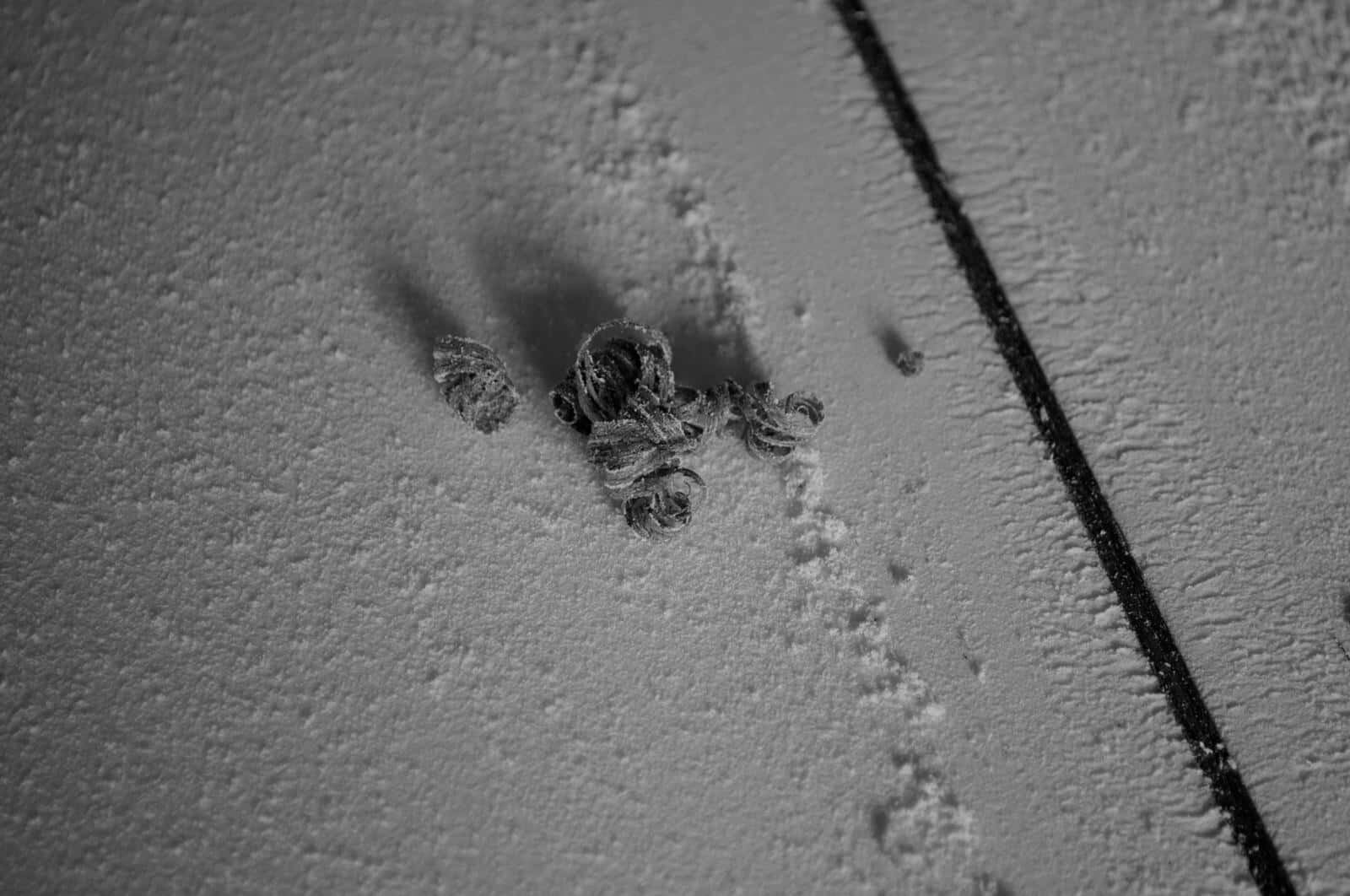
The importance of the right surfboard to a surfer cannot be underestimated.





Designed for executing highly technical manoeuvres and for optimal performance off the top of the wave, shortboards come in a range of shapes and fin configurations depending on the wave type and needs of the surfer. Ultimately the most progressive, performance-focused style of surfboard.
The original shortboard, setup. Although modern shortboards rarely sport a single fin, they still have their place if creating drawn-out lines on a point break is your thing!
Conceptualised in 1970 by the Campbell Brothers and refined by Mike Eaton, the Bonzer design is based on the Venturi principle and essentially directs the flow of the water in a way which best allows for the harnessing of power and control. The fin formation and contours of the board allow for easy rail to rail transition. Comes in either a 3 fin or 5 fin setup.
The ultimate all rounder high performance setup and the one preferred by the majority of short-boarders worldwide since Simon Anderson blew the competition away with it in the early 80s. The thruster combines the capacity for tight carving as well as drive and speed from bottom turns. The mainstay of the short-boarder’s quiver – the thruster is a setup that is here to stay!
Designed with a wide tail to allow for manoeuvrability and down-the-line speed in slower surf, plus a fin on the rail edge for hard cranking turns, the Retro Twinnie is particularly happy in small to medium, wall-y surf. This board excels in everything from average beach-breaks to point breaks and is a must have in anyone’s quiver.
For a long time the quad was considered a curious 1970’s experiment, but recent developments in board design has made the quad relevant to the modern world of high performance competitive surfing. This is exemplified by the fact that it’s the setup of choice for 10 times world champion Kelly Slater. The quad takes the best features of the fish and the thruster to create the smallest turning circle possible on the wave. Ideal for anyone trying to bust insane moves on waves 6ft and under.






As it’s name suggests, the egg is a rounded midsize board combining the gliding attributes of the longboard with slide-ability of singl-fin shortboards This board isn’t about high performance, but more the glorious pleasure of drawing out effortless lines on the wave while still reserving the possibility of a cheeky cover up or two! The flat rocker of the Egg allows it to easily catch waves whilst remaining stable. The traditional design incorporates a single fin, whilst modernised Eggs adopt a modernised fin set-up, allowing harder rail turns.]
The same setup as its shorter cousins, but designed for those of a larger stature. The greater length and volume provides additional float and paddling speed with without compromising too much on turning ability.
Essentially a sawn-off longboard. This board is great for beginners as it offers much of the stability of a longboard but the reduced length and weight makes it less intimidating. Good with either single fin or thruster setup, the mini-mal is all about the fun.
(over 9ft/ 2.74 m)
The classic board, ridden traditionally for stylish wide turns and graceful moves such as nose-riding and drop-knee cutbacks. The substantive length and volume of the longboard gives more floatation, making for easy paddling and easy wave-catching.
The most traditional longboards feature rounded ‘50/50’ rails with either a pre-1966 ‘D’ fin or the more recognisable falcate single fin. These boards hark back to an era before leashes, when style and subtle wave-riding finesse was all that mattered. The added length of the longboard is what makes trimming in the wave (taking a high line above the curl) possible. When a longboard is ‘in trim’ feats of magic are possible as the breaking wave applies weight on the tail, which allows for the surfer to walk forward and noseride – the signature move of longboarding. The added weight of a traditional longboard necessitates a particular way of turning the board at the back – the drop-knee cutback - which if properly executed, is one of the most beautiful sights in surfing!
Since the late 1980s a new breed of lighter, high performance longboards have become increasingly popular. With a thruster setup and harder, shortboard-like rails, more radical moves such as floaters and roundhouse cutbacks are now possible. These days professional longboard competitors continue to push our preconceptions of what longboards are capable of.
These boards are at their best in waves under head high.











